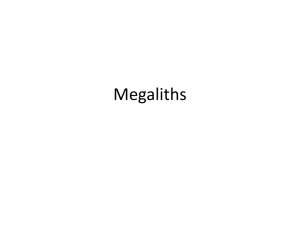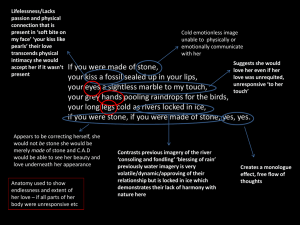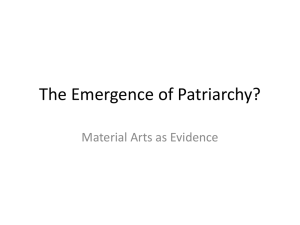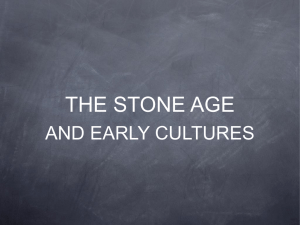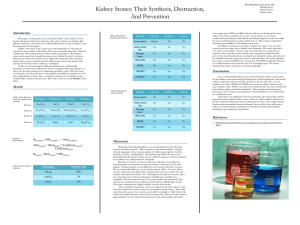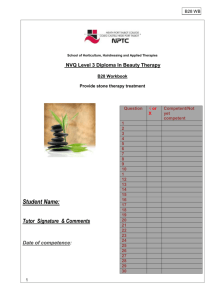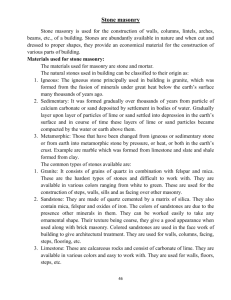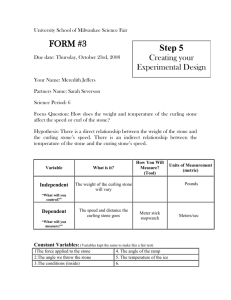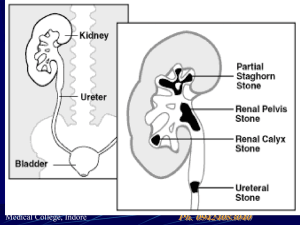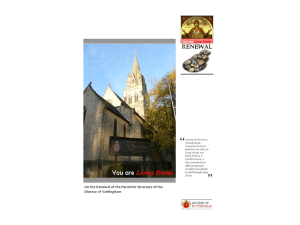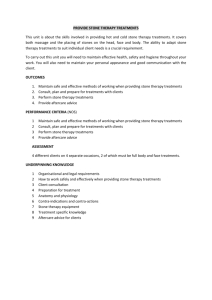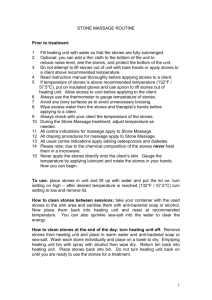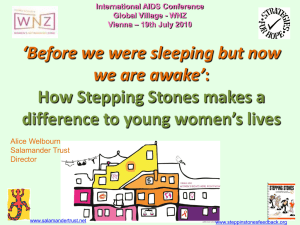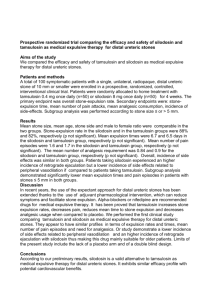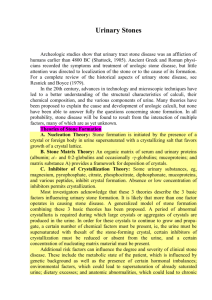Hot Stone Work Shop
advertisement
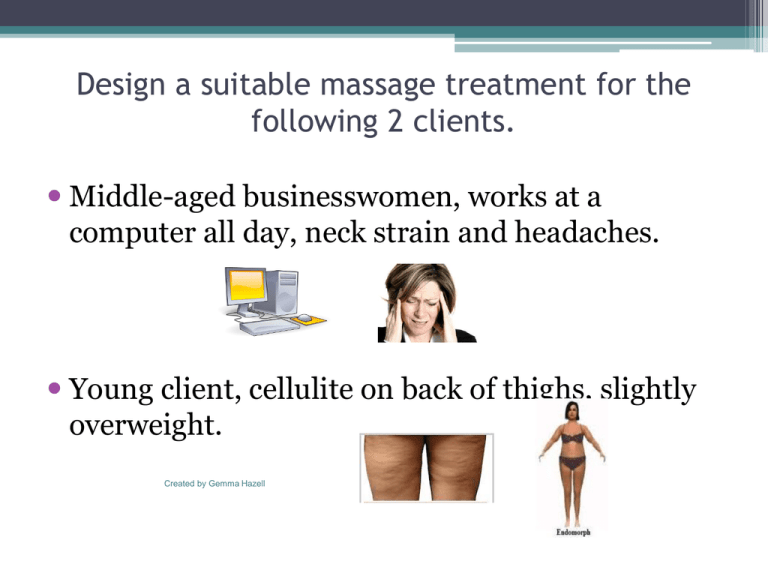
Design a suitable massage treatment for the following 2 clients. Middle-aged businesswomen, works at a computer all day, neck strain and headaches. Young client, cellulite on back of thighs, slightly overweight. Created by Gemma Hazell Edexcel Level 3 Subsidiary Diploma in Beauty Therapy Techniques Stone Therapy Lesson 1 Aim – History of Stone Massage All students should be able to: • Describe the historical and cultural background for stone therapy – (writing in different forms, SPG practice, summarising information) • Differentiate between the different types of stone, their properties and uses – (interacting and responding) • Recognise the different massage techniques used with stone massage. (Time, treatment costs and proportion of stones.) • Demonstrate stone treatment set up. Extended Objectives: • Evaluate the effect stone massage has on the muscular system (writing to analyse) EQ objectives: • Illustrate effective communication skills • Demonstrate appropriate behaviour Stone Therapy History • Incas and Native Americans used stones in ceremonies and treatments. • Traditionally Basalt stones were used, sourced from riverbeds and seashores. These stones are said to be closely connected to the earth and have life and energy of their own. This energy needs to be nurtured and protected to maintain the healing ability of the stone therapy service. • Stone therapy was introduced in 1993 by Mary Nelson in Arizona (USA). • It was developed and called La stone Therapy, which used heated and chilled stones to deliver relaxing, therapeutic, deep tissue service. Uses of stone therapy • • • • • • Deep tissue massage Relaxation Ideal for pain relief Stress related conditions Sleep related problems Balancing energy levels Types if stones • Basalt – the most commonly used, it is a type of volcanic rock. They heat up easily and retain heat over a long period of time. • Marine – formed from sedimentary rock, which, results in a very dense but smooth, silky texture, which retains cold well. • Marble – made from limestone, which hardens over time. These stones are not found naturally and specially made for the treatments. They are naturally cold and used for cold stone. • Semi- precious stones- and crystals such as rose quartz can be incorporated. Each stone is said to had its own unique characteristic, uses and effects. Different colour stones can be placed on their matching colour chakra to help balance the bodies energy flows. Hot Stone Massage • The advantages of using the stones for therapists is that stress can be reduced on the hands, fingers and wrists. It also makes your moves much more powerful. • Stones are very adaptable and can be incorporated into most holistic treatments as well as beauty treatments. Home and after care to hot stone massage. • Take care if driving home- have the window open to aid concentration. • Continue to drink plenty of water to help with the removal of toxins. • Avoid alcohol, spicy foods and stimulants such as caffeine. • Eat a light lunch or dinner. • Try to rest for the remaining part of the day. • Avoid strenuous exercise, yoga, Pilates or mediation would be beneficial. Massage Techniques with the stones. Effleurage Petrissage Tripper point work- apply direct pressure to the area for 30 -90 seconds to relieve knots or tension Tucking warm stones under towels and laying body on top Bud Technique – working with hot and cold stones together. Cat Pawing – similar to petrissage. Frictions- using the sides of the stones Cross fibre action- same as frictions but both directions Rocking the stones- similar to cross fibre , but rocking the stones. Piezoelectric- rhythmic tapping using two stones. Stone Placement • Watch the video clip for stone placement.

